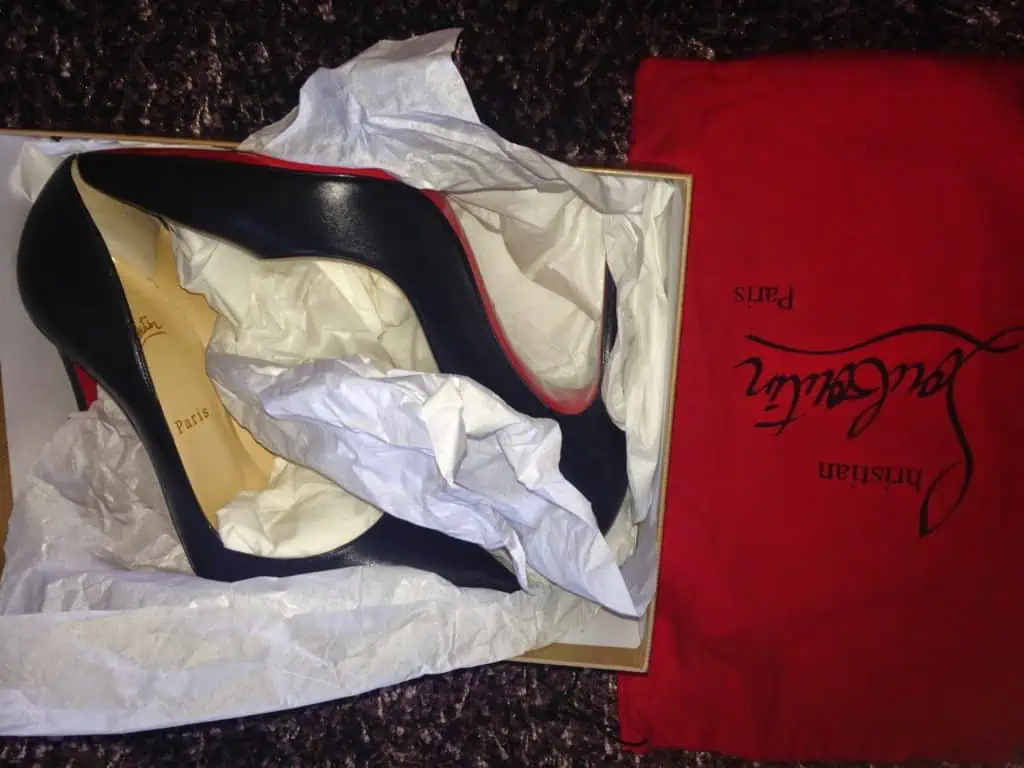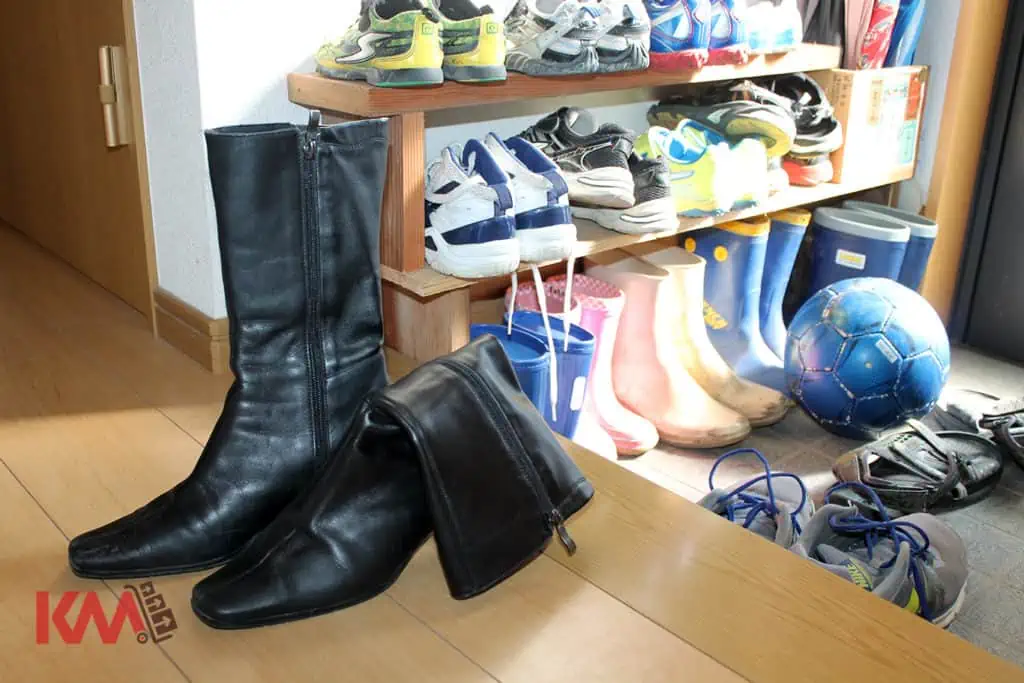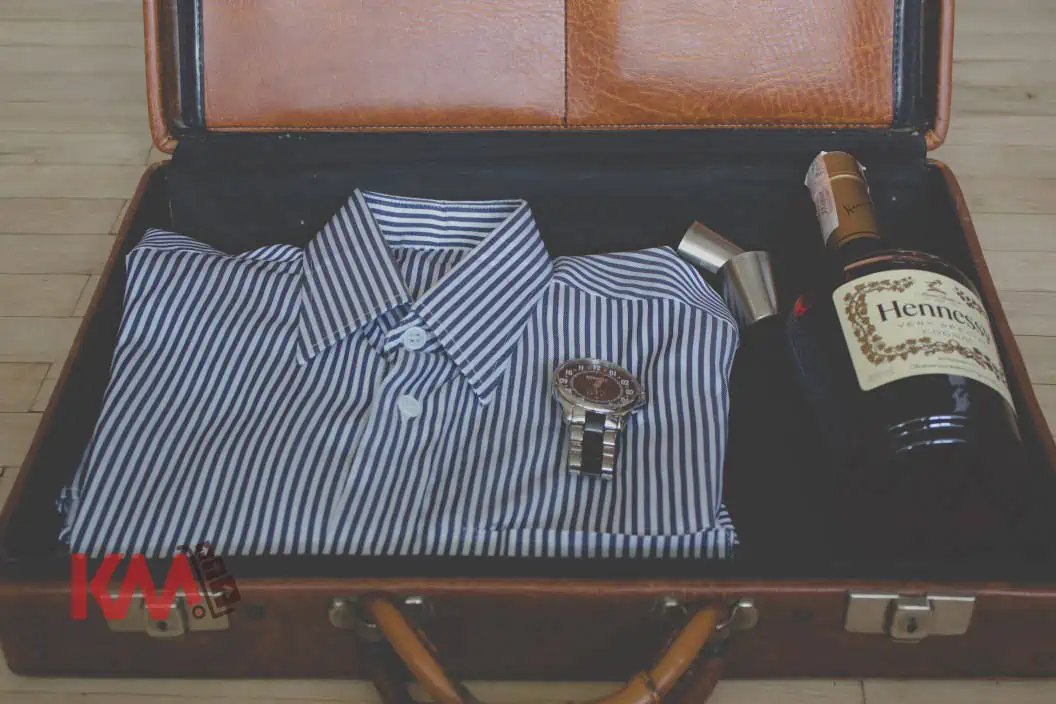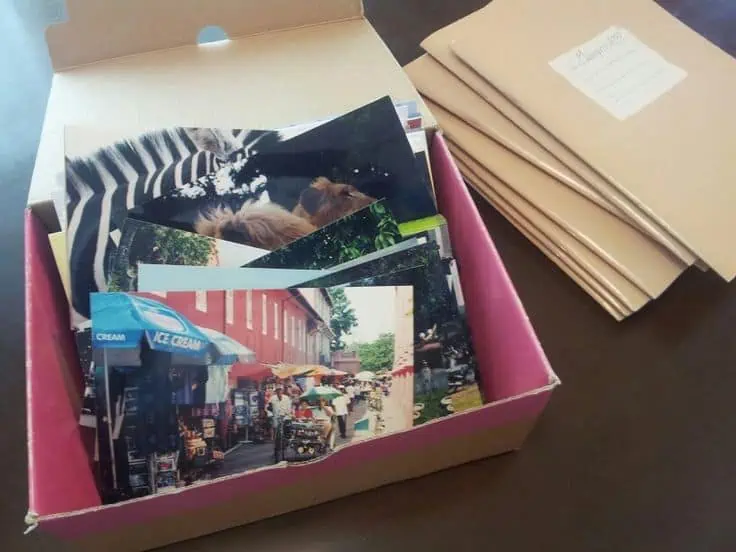There are two basic ways to pack shoes.
- Line a carton with paper, drop in a pile of shoes, tape the box shut and mark it with a big fat “SHOES” sticker
- The right way
Even if the customer’s stuff will only be in boxes for a few days, improperly packed shoes can come out ruinously misshapen. Here are a few tips to prevent this from happening.
Before the Pack
We’re basically talking about shoes here, not sneakers. But whatever the case, a few preventative measures should be considered:
- Pack only dry shoes. Moisture can do bad things, particularly to suede and leather. But mold? It can make even the king’s cross-trainers smell.
- You know those balls of tissue in the toes of the shoes in the shoe store? They’re not there just to annoy us. Besides helping a shoe maintain its shape, some balled-up paper can absorb any residual moisture that might be lingering. Pro Tip: Consider using socks for this.
- Wipe those nice shoes clean. No need to set up a shoeshine booth, but dust and dirt can mar a shoe’s surface over time.
For the Pack

Now that we’ve taken measures against moisture, mold and marring, our prime concern is to make sure our customer’s shoes don’t get crushed.
- When possible, pack shoes in their original boxes. The nicer the shoes, the better the chances the customer will still have them. Regardless, it’s still a great idea to wrap them in paper to keep them from rubbing and scuffing each other. When enough paper is used it prevents that shoebox from getting crushed.
- Unless you’re packing (a) long-legged boots or (b) Shaquille O’Neal’s size 23 Nikes, one sheet of packing paper should be enough not only to adequately cover both shoes but to provide enough excess to form some protective padding for your bundle. Roll up one shoe, then the other in order to keep them separated – no need to be a neurosurgeon here but keeping the left and the right off each other is good practice. Note that some sources suggest wrapping shoes with their soles touching, others with the soles out. We lean toward putting the soles in against each other.
- Start with a cushiony layer of paper at the bottom of the carton. Usually a 3-cube works for packing shoes but a 4.5 will work too. Either way, those shoes at the bottom will want a bit of protection underneath. A layer of paper between layers of shoes further protects against crushing.
- Pack shoes on their sides to allow the soles to add some support and integrity to your carton. Form a layer of bundles of shoes on top of a layer of packing paper. Generally, heavier shoes go at the bottom. However, boots (those ladies’ long dress boots, not bad weather boots) can suffer creases in those long leggy parts if there are several bundles of shoes on top of them. Pack these items on top, again making sure there is paper separating them.
- Dress sandals and open-toed shoes are particularly susceptible to being misshapen. While less critical, sneakers and summer sandals (i.e., flip-flops) should be shown at least some degree of care.
A Final Word
Moving across town might not demand the same amount of care as a long distance multi-day move that involves storage. Good old common sense goes a long way and saves precious time. But with a customer’s pricey shoe collection we can never be too careful. Replacing those wingtips or stilettos might not be impossible, but getting all bent out of shape is a hassle the customer would undoubtedly like to avoid.





